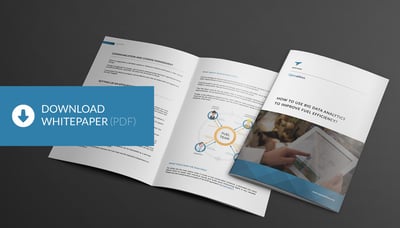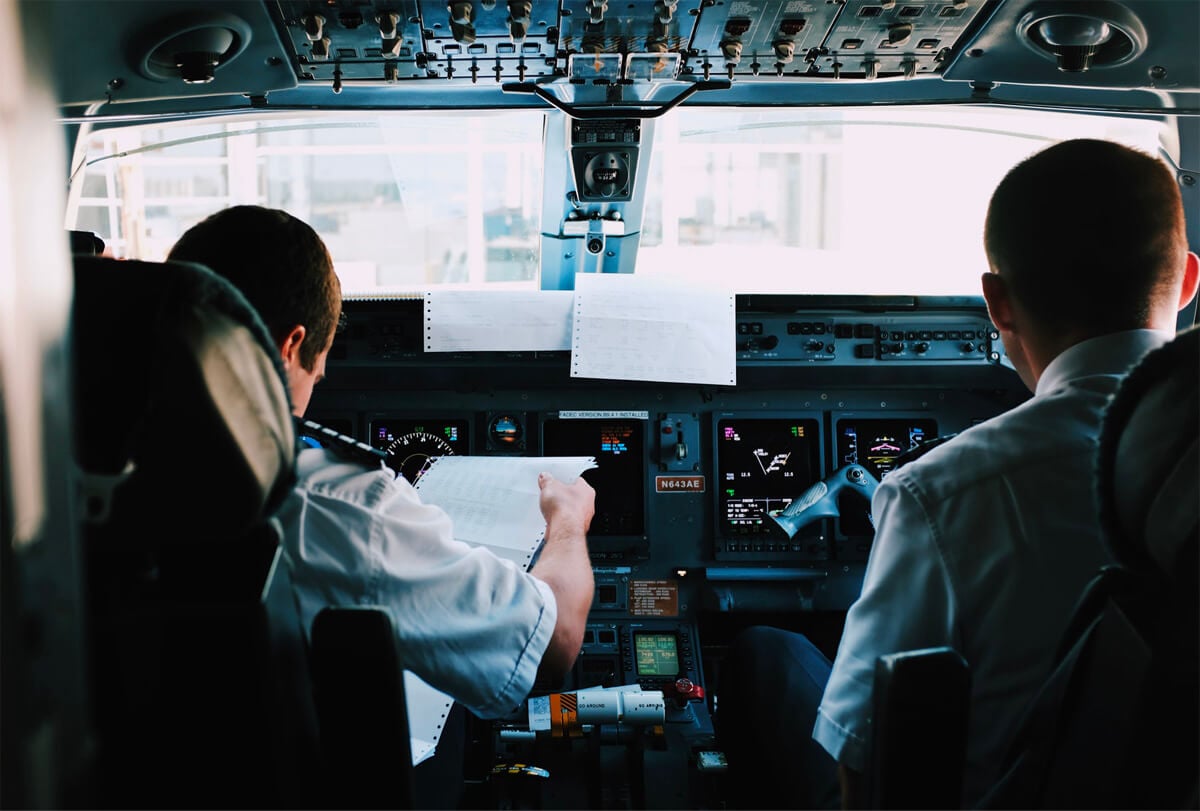How to use the cost of weight to be more fuel efficient?
Fuel efficiency depends on many criteria. One of the most important is weight: the more weight you add on an aircraft, the more fuel you need to fly it.
The link between aircraft weight variations and fuel consumption is called the cost of weight. If the use of this indicator is not that clear for you, let’s give you some insights on how to comprehend and use the cost of weight to be more fuel efficient:
What is the cost of weight?
The cost of weight indicates the amount of fuel (in kg or lb) that is needed to transport a kilogram (or lb) of weight. It can be expressed as kg/kg or lb/lb or more often in %.
How can it be used?
The cost of weight is widely used to evaluate the impact that adding or removing weight has on fuel consumption.
A first example is reducing the OEW (operating empty weight) by removing galley equipment or reducing the quantity of potable water. Reducing equipment weight in your aircraft can result in a significant impact on fuel consumption.
At the Aircraft Commerce Conference in October 2018 in Bangkok, Arief Rachman, Senior Manager, Head of Scheduling Department at Citilink Indonesia, explained how removing one oven from the cabin resulted in saving 20kg of fuel per flight due to weight reduction. He also explained how they reduced potable water quantity brought onboard on shorter flights and consequently saved fuel. Based on the fleet size and the number of flights, it represents 2 tons of fuel per year.
Airline fuel efficiency is all about multiplying small actions by big numbers. For example, United Airlines decided to use lighter paper on inflight magazine and asserts that this slight weight reduction is saving 643,000 kg of fuel a year.
Another interesting use is calculating the cost of carrying more fuel than needed. Indeed, the weight added to an aircraft can not only come from equipment or payload but also extra fuel. The cost of weight is used to measure the proportion of this extra fuel that will be burnt just for the sake of carrying it.
Likewise, it is interesting to use the cost of weight when calculating the cost of economic tankering.
Economic tankering consists in taking more fuel than needed at departure when it is cheaper than at destination. But the longer the flight is, the less efficient economic tankering will be. Indeed, if you upload 1 ton of economic tankering, you will burn almost 100kg of fuel to carry it on a 3-hour flight and 300kg of fuel on a 9-hour flight! Understanding cost of weight is key to do the cost/benefit analysis of tankering, and to calculate its optimum amount precisely.
Finally, the cost of weight also is used to evaluate the impact of misestimating the zero-fuel weight.
How to compute the cost of weight?
A rule of thumb to estimate the cost of weight is 3.5% per flight hour (on a 5-hour flight, the cost of weight would be 5 x 3.5 = 17.5%).
However a precise computation of the cost of weight is key to evaluate your overconsumption and to prepare your flight plan. The cost of weight of a flight depends on multiple criteria such as the aircraft type, the duration of the flight and the weight of the aircraft. That’s why more sophisticated methods should be used.
Several methods exist to compute the cost of weight:
- Flight planning simulations;
- The IATA method which relies on a statistical analysis of flights categorized by aircraft type and by range;
- The BREGUET method which relies on the famous Breguet-Range equation
An advanced fuel efficiency tool such as SkyBreathe will automatically and accurately compute the cost of weight with these three methods for each of your flights, routes, aircraft types, etc. This allows you to make quick simulations and make better decisions without the pain of going through complex numbers crunching.
READ MORE
Like what you see? Want to learn more about how to use big data analytics to improve fuel efficiency:




